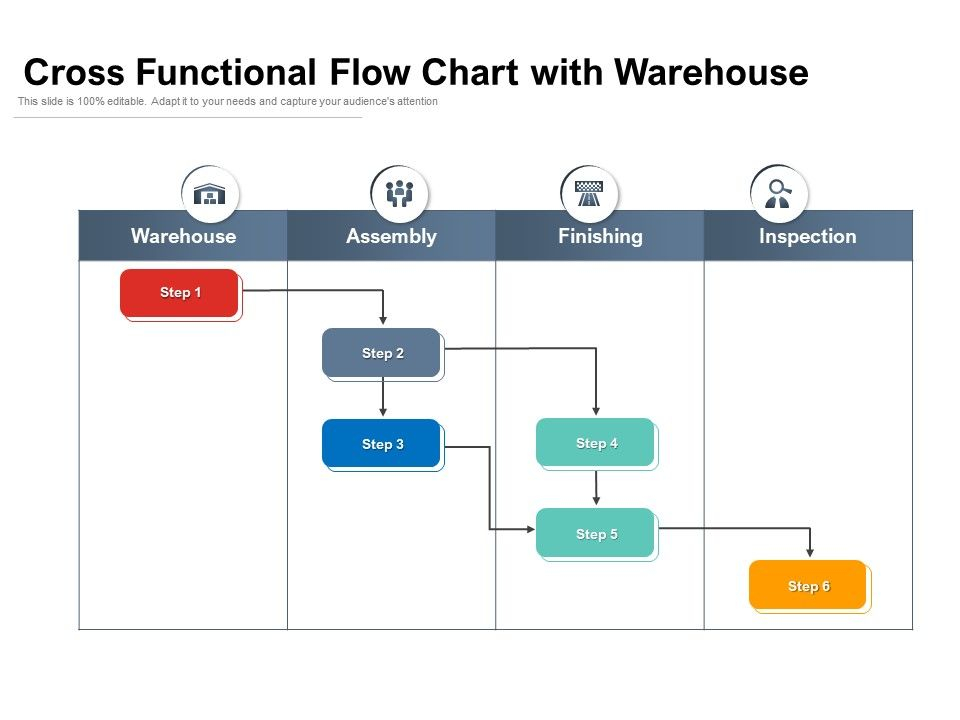A Cross Functional Flow Chart is a visual representation of a process that involves multiple departments or functions within an organization. It is used to illustrate the flow of activities, decisions, and communication paths across different teams or individuals involved in a particular process.
By creating a Cross Functional Flow Chart, organizations can identify bottlenecks, inefficiencies, and areas for improvement in their processes. This type of chart helps in promoting collaboration, communication, and understanding between different departments, leading to better coordination and alignment of goals.
Cross Functional Flow Chart
How to Create a Cross Functional Flow Chart?
Creating a Cross Functional Flow Chart involves several steps:
1. Identify the process: Define the process that you want to map out using the Cross Functional Flow Chart. Determine the start and end points, as well as the departments or functions involved.
2. Determine the swimlanes: Create swimlanes for each department or function involved in the process. This helps in visually separating the responsibilities and roles of each team.
3. Add activities and decisions: Map out the activities, decisions, and communication paths within each swimlane. Use symbols and arrows to indicate the flow of the process.
4. Review and refine: Once the Cross Functional Flow Chart is created, review it with stakeholders to ensure accuracy and completeness. Make any necessary adjustments to improve clarity and understanding.
Benefits of Cross Functional Flow Charts
There are several benefits to using Cross Functional Flow Charts in an organization:
1. Improved communication: By visually representing the process flow, Cross Functional Flow Charts help in enhancing communication and understanding between different departments.
2. Increased efficiency: Identifying bottlenecks and inefficiencies in processes allows organizations to streamline workflows and improve overall efficiency.
3. Better coordination: Cross Functional Flow Charts promote collaboration and coordination between departments, leading to smoother transitions and handoffs between teams.
